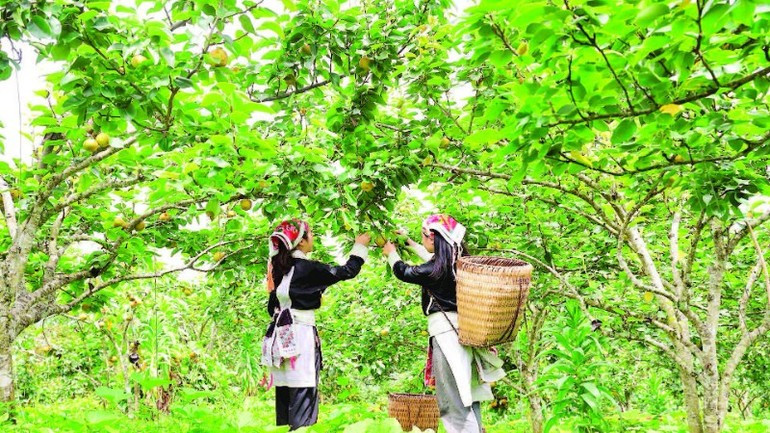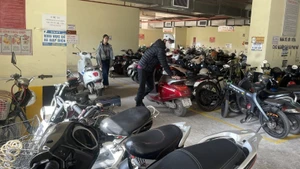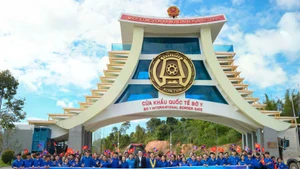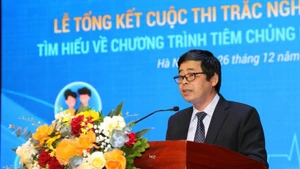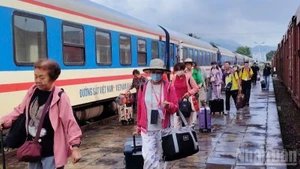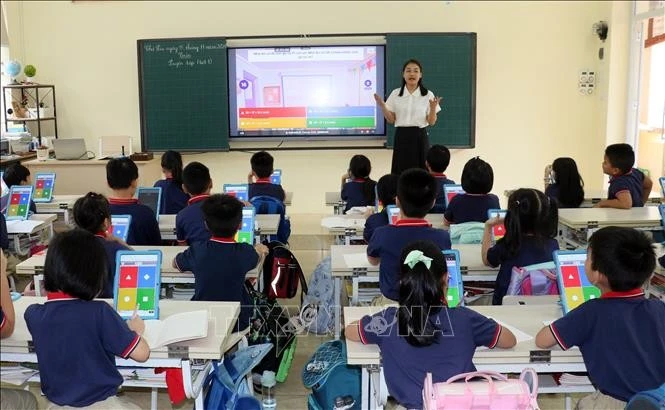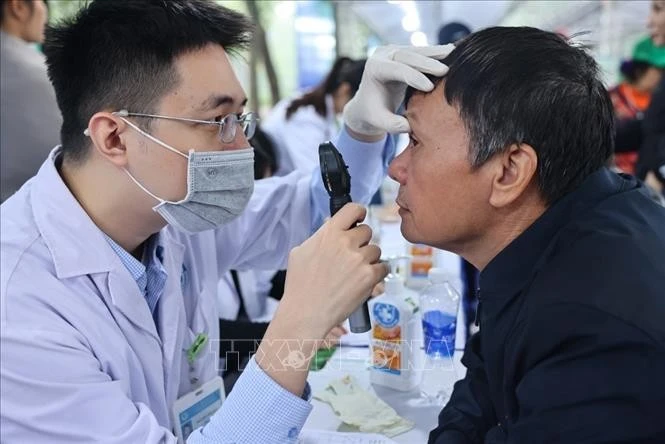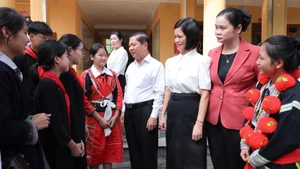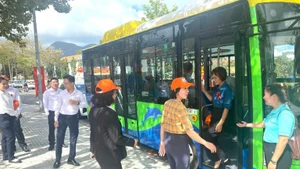The report also noted that policies for people with meritorious services, social welfare, and poverty reduction have been comprehensively implemented, yielding notable results under the spirit of “leaving no one behind.”
Between 2021 and 2025, total social welfare spending reached 1.1 quadrillion VND, accounting for 17% of total state budget expenditure. Nearly 700,000 tonnes of rice were distributed to disadvantaged people, and regular assistance was expanded to more than 3.5 million beneficiaries, including people with meritorious services and vulnerable groups.
At the same time, the average monthly income of workers rose from 5.5 million VND in 2020 to 8.3 million VND in 2025. The target of eradicating temporary and dilapidated houses was completed 5 years and 4 months ahead of schedule, with more than 334,000 houses built. Meanwhile, 633,000 social houses are under construction, with 100,000 units expected to be completed by the end of 2025.
The Viet Nam Bank for Social Policies has provided loans worth 517 trillion VND to more than 10.6 million poor and near-poor households and policy beneficiaries, including 22.1 trillion VND in loans for purchasing social housing.
Previously, the Ministry of Agriculture and Environment reported that the implementation of the National Target Programme on Sustainable Poverty Reduction for the 2021–2025 period resulted in the national poverty rate dropping to 1.93% by the end of 2024, a 3.27 percentage points decrease compared to late 2022, equivalent to an average annual reduction of 1.03 percentage points.
Additionally, 35.2% of particularly disadvantaged communes in coastal, low-lying, and island areas have escaped poverty, surpassing the target of 30%. The prevalence of stunting among children under 16 has improved significantly, declining to 25.4% — well below the set target of 34%.
Notably, the programme has implemented more than 10,500 livelihood models, far exceeding the initial goal of 1,000, reflecting strong efforts to create sustainable income opportunities for local residents. Meanwhile, over 134,000 workers from poor, near-poor and newly escaped-poverty households have successfully secured employment, surpassing the target of at least 100,000 workers.
